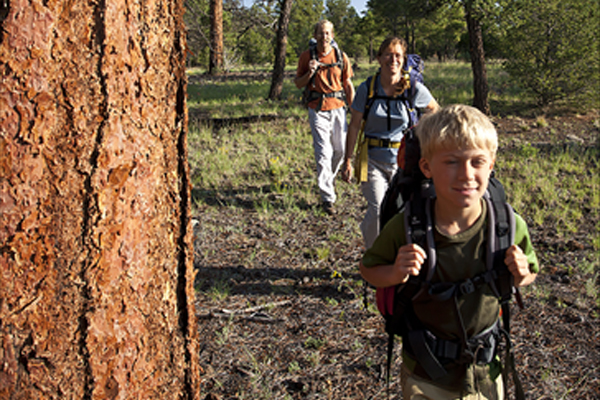Intergenerational Differences in Wilderness Values

As populations and built-up environments increase around the globe, governments on every continent are setting aside pristine, natural landscapes from development to preserve their wild nature. In the USA, these areas are designated by Congress as wilderness areas and the connections people have with these wild places shape their wilderness values, i.e., the values they believe wilderness areas provide to society. Even though Congress has increased the number of acres under official wilderness protection since the passage of the Wilderness Act in 1964, congressionally designated wilderness lands account for less than 3% of the contiguous United States (Aldo Leopold Wilderness Research Institute (ALWRI), 2017).
Williams and Watson (2007) suggest that this increasing scarcity of wild landscapes may lead younger generations to develop an increased appreciation of wilderness— an otherworldly place, so different from their daily existence and experiences. Others warn that cohorts growing up surrounded by screens, rather than climbing trees, are not learning to engage with, and thus appreciate, nature. This distance from nature may lead the youngest cohorts to value wilderness differently from previous generations. Many Americans are not even aware that wilderness areas exist (Cordell et al. 2003). Consequently, they may fail to appreciate the full suite of values that wilderness areas can provide, such as recreation, spiritual inspiration, and ecosystem protection.